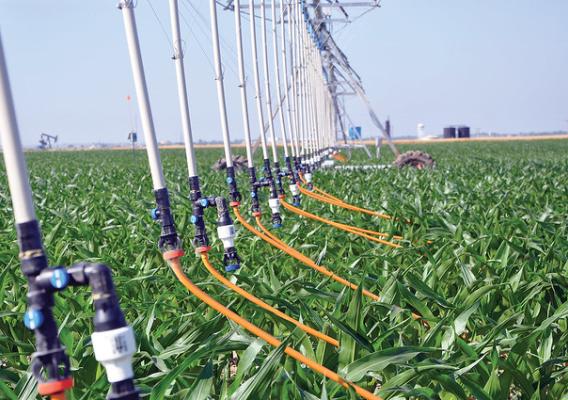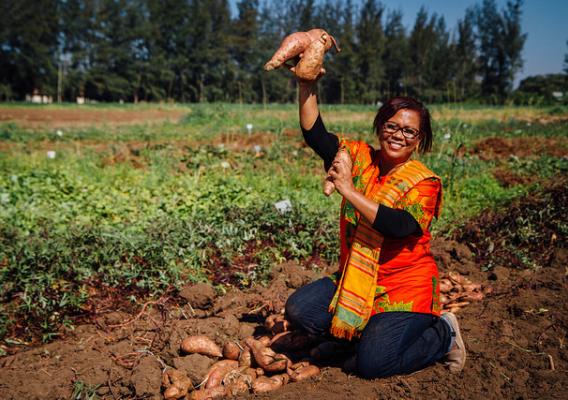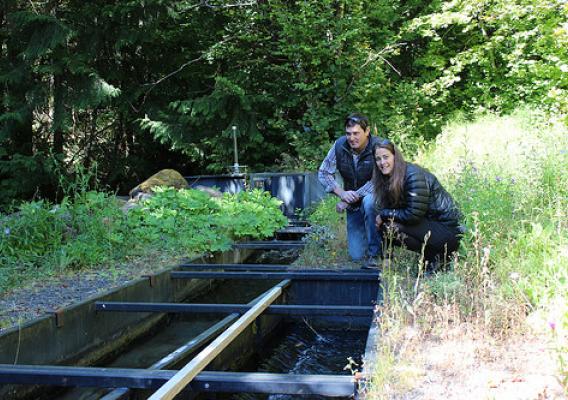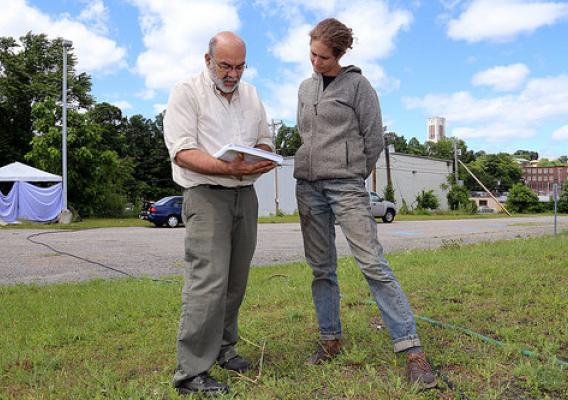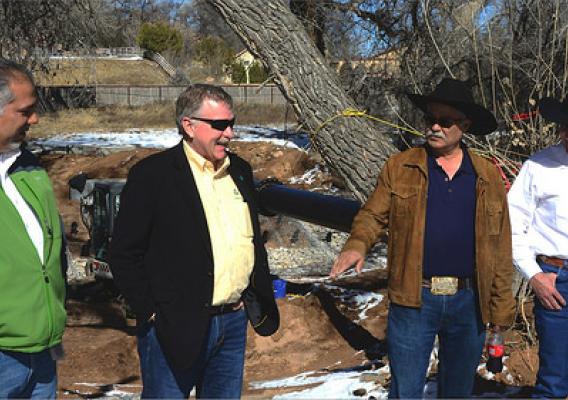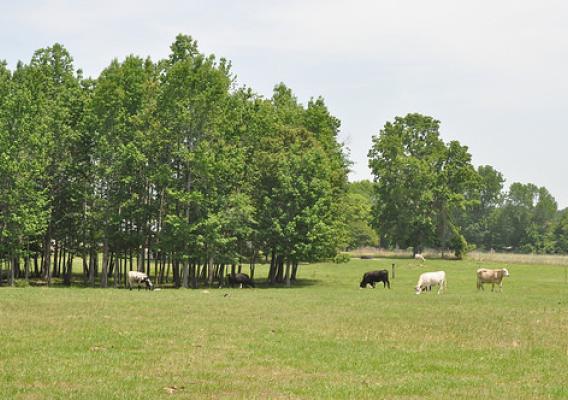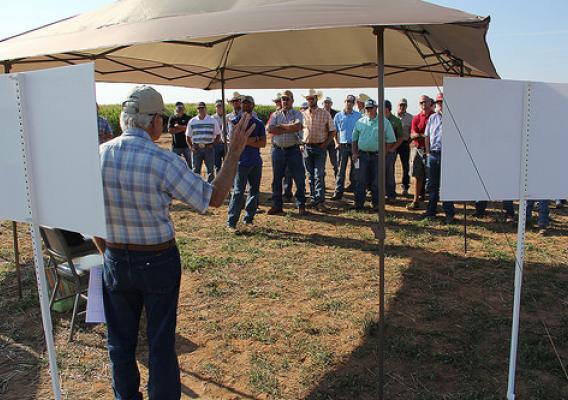All this month we will be taking a look at what a changing climate means to Agriculture. The ten regional USDA Climate Hubs were established to synthesize and translate climate science and research into easily understood products and tools that land managers can use to make climate-informed decisions. The Hubs work at the regional level with an extensive network of trusted USDA agency partners, technical service providers, University collaborators, and private sector advisers to ensure they have the information they need to respond to producers that are dealing with the effects of a variable climate. USDA's Climate Hubs are part of our broad commitment to developing the next generation of climate solutions, so that our agricultural leaders have the modern technologies and tools they need to adapt and succeed in the face of a changing climate.
Despite hopes for a drenching from El Niño, California farmers are facing another drought year in 2016. Even after four years of the worst drought on record, California farm output was a record $54 billion in 2015, accounting for more than half of the nation’s fresh produce. Groundwater has helped compensate for California’s lack of rainfall, but groundwater overdraft cannot be continued indefinitely.
California farmers have responded to the drought by fallowing land; switching to crops that yield higher value per unit of water; and switching irrigation technologies. Almost all California cropland is irrigated, so continued improvements in irrigation efficiency are key to weathering this and future droughts.


